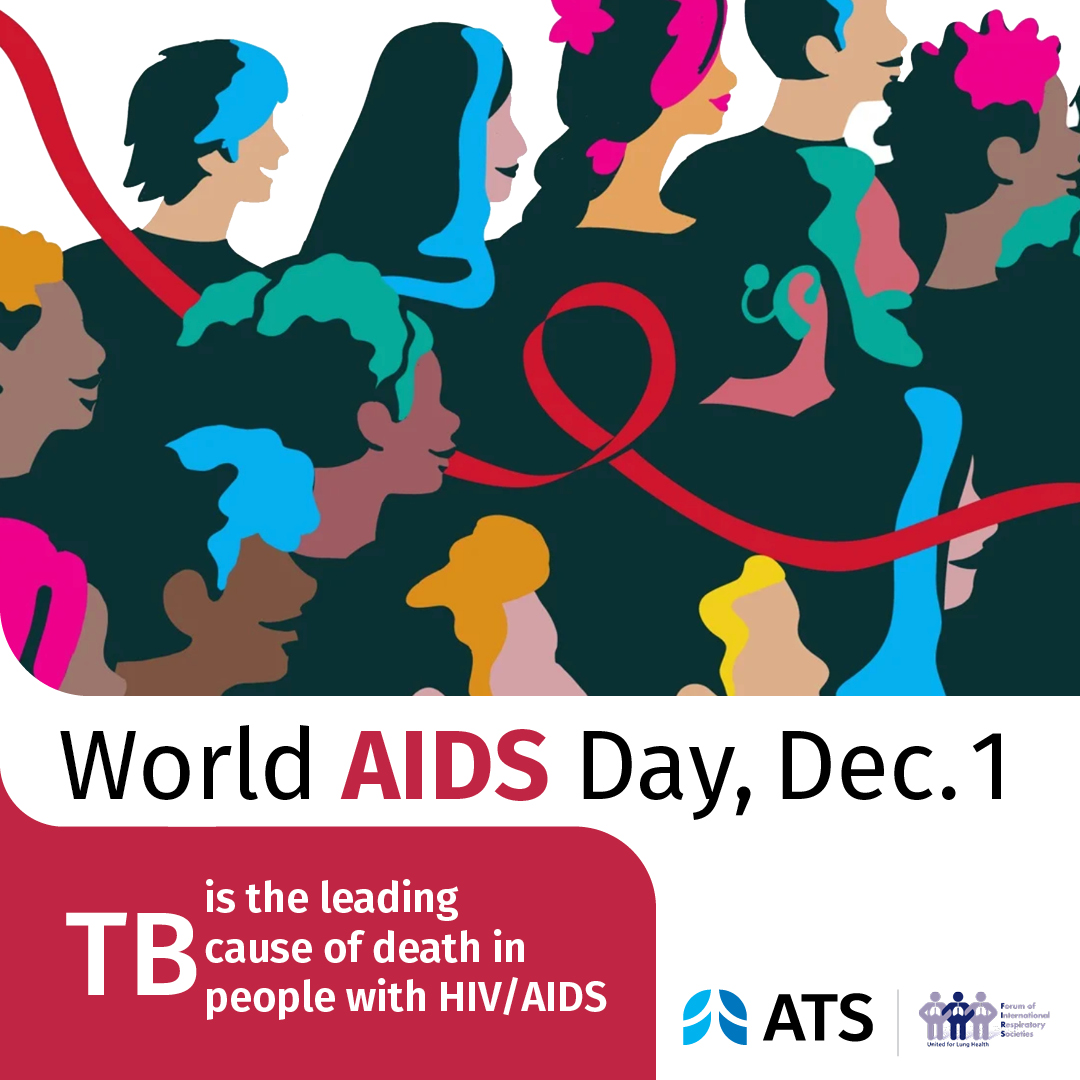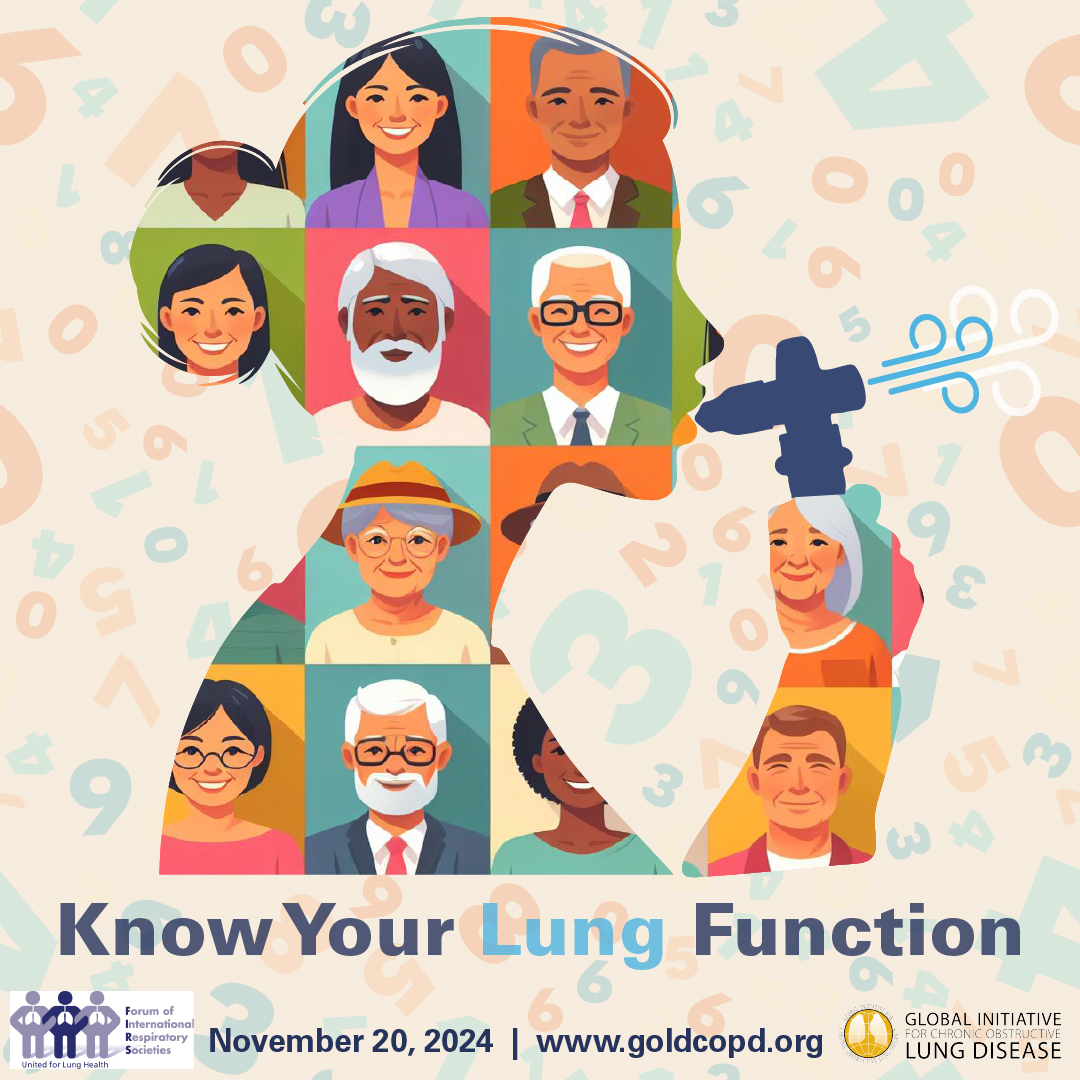An article published in the European Respiratory Journal found that a higher proportion of patients diagnosed with hypersensitivity pneumonitis (HP) lived in cities with higher levels of air pollutants. [1].
“We discovered that the majority of patients with HP in India, were living in urban cities, prompting an investigation into the link between ambient air pollution in urban India and the high incidence of HP,” Ganesh Raghu, MD, senior research author and Professor of Medicine and Laboratory Medicine, University of Washington School of Medicine. [2]
HP, formerly called extrinsic allergic alveolitis, is inflammation of both lungs (pneumonitis) because of an immune response (hypersensitivity) to environmental factors inhaled by the person. Continued/recurrent exposures and untreated HP leads to progressive scarring in both lungs (pulmonary fibrosis) that is irreversible and deadly to those susceptible.
The clinical manifestation and the need to make an accurate and prompt diagnosis of HP, for appropriate management and awareness of the environmental factors associated with HP, have been recently discussed [3]. “This study provides more support for prior work that suggests a correlation between inhaled ambient pollution and development of hypersensitivity pneumonitis,” said Clayton T. Cowl, MD, MS, Chair of the Division of Preventive, Occupational and Aerospace Medicine at Mayo Clinic in Rochester, Minnesota and member of FIRS Environmental Committee. [4]
“Not only is teasing out specific exposures such as inhalation of specific antigens from animal or vegetable sources critical, but medical history focusing on geography and urban versus rural environments is becoming more important in the diagnosis of this condition. Ambient air pollution is likely accountable for a variety of respiratory conditions besides asthma and diseases of the airways – conditions traditionally associated with poor air quality.”
Barbara Hoffmann, Professor of Environmental Epidemiology and member of FIRS Environmental Committee said: “This study points to an area of research which has received comparatively little attention in air pollution epidemiology so far: That exposure to air pollution may not only influence the innate immune system and downstream disease, but also the adaptive immune system. While some mechanisms have been studied in animal experiments, there is still a lack of targeted studies in humans.” [5]
This study raises concerns for people living in polluted urban areas, who are also exposed to other occult environmental factors such as birds, mould, unkept ventilation/heating/cooling systems and manifesting respiratory problems, progressing to incurable chronic HP, pulmonary fibrosis and death. Another area of concern is the link between air pollution and interstitial lung diseases, especially idiopathic pulmonary fibrosis, a fatal lung disease, and poor outcomes in lung transplant recipients. [6-8].
Breathing clean air is essential to prevent deathly diseases. “The public and health care community need to be alerted to HP as a preventable disease, making the results of this study known to ensure they take preventive measures to minimize the risk of manifesting HP and/or perpetuating progression of pulmonary fibrosis associated with chronic HP” concludes Ganesh Raghu.
Notes to Editors
[1] Singh S, Collins BF, Bairwa M, et al. Hypersensitivity pneumonitis and its correlation with ambient air pollution in urban India. Eur Respir J 2018; in press.
The paper can be viewed at: https://doi.org/10.1183/13993003.01563-2018.
[2] Dr Raghu is Professor of Medicine and Laboratory Medicine, University of Washington and Director of the Center for Interstitial Lung Diseases at University of Washington Medical Center. He is a leading expert and international authority on interstitial lung diseases (ILD), pulmonary fibrosis including hypersensitivity pneumonitis, sarcoidosis and has had a longstanding focused research and clinical interest in the field of ILD.
[3] Vasakova M, Morell F, Walsh S, Leslie K, Raghu G. Hypersensitivity Pneumonitis: Perspectives in Diagnosis and Management. AJRCCM 2017; 196: 680-899.
[4] Dr. Cowl is board certified in Pulmonary, Critical Care, Occupational, and Internal Medicine and is the President of CHEST. He chairs the Division of Preventive, Occupational, and Aerospace Medicine at the Mayo Clinic. He is the Immediate Past-President of the Civil Aviation Medical Association. His research interests are in occupational asthma and toxic inhalations.
[5] Dr Barbara Hoffmann is Professor of Environmental Epidemiology at the University of Düsseldorf, Germany. She chairs the Environment and Health Committee or ERS. Her research focuses on the investigation of acute and chronic cardiopulmonary, metabolic and neurological health effects of air pollution and noise.
[6] Lucile Sesé, Hilario Nunes, Vincent Cottin et al Role of atmospheric pollution on the natural history of idiopathic pulmonary fibrosis http://dx.doi.org/10.1136/thoraxjnl-2017-209967
[7] Sack CS, Doney BC, Podolanczuk AJ, et al: The Multi-Ethnic Study of Atherosclerosis (MESA) Air- Lung Study. Am J Respir Crit Care Med. 2017. doi: 10.1164/rccm.201612-2431OC. PubMed PMID: 28753039.
[8] Kaufman JD, Raghu G. Should we be concerned about air quality as a contributor to poor outcomes in lung
transplant recipients? Eur Respir J. 2017 Jan 18;49 (1). pii: 1602369. doi: 10.1183/13993003.02369-2016. PMID: 28100554.
About the Forum of International Respiratory Societies (FIRS)
The Forum of International Respiratory Societies (FIRS) is an organisation comprised of the world's leading international respiratory societies working together to improve lung health globally: American College of Chest Physicians (CHEST), American Thoracic Society (ATS), Asian Pacific Society of Respirology (APSR), Asociación Latino Americana De Tórax (ALAT), European Respiratory Society (ERS), International Union Against Tuberculosis and Lung Diseases (The Union), Pan African Thoracic Society (PATS), Global Initiative for Asthma (GINA), and the Global Initiative for Chronic Obstructive Lung Disease (GOLD).
The goal of FIRS is to unify and enhance efforts to improve lung health through the combined work of its more than 70,000 members globally.
For more information about FIRS please contact Lisa Roscoe This email address is being protected from spambots. You need JavaScript enabled to view it..
The European Respiratory Journal (ERJ) is the official scientific journal of the European Respiratory Society (ERS) and the most highly regarded peer-reviewed respiratory journal in Europe, with a current impact factor of 12.242. The ERJ features cutting-edge clinical and experimental work in the field of respiratory medicine as well as task force reports and guidelines, reviews and editorials.




